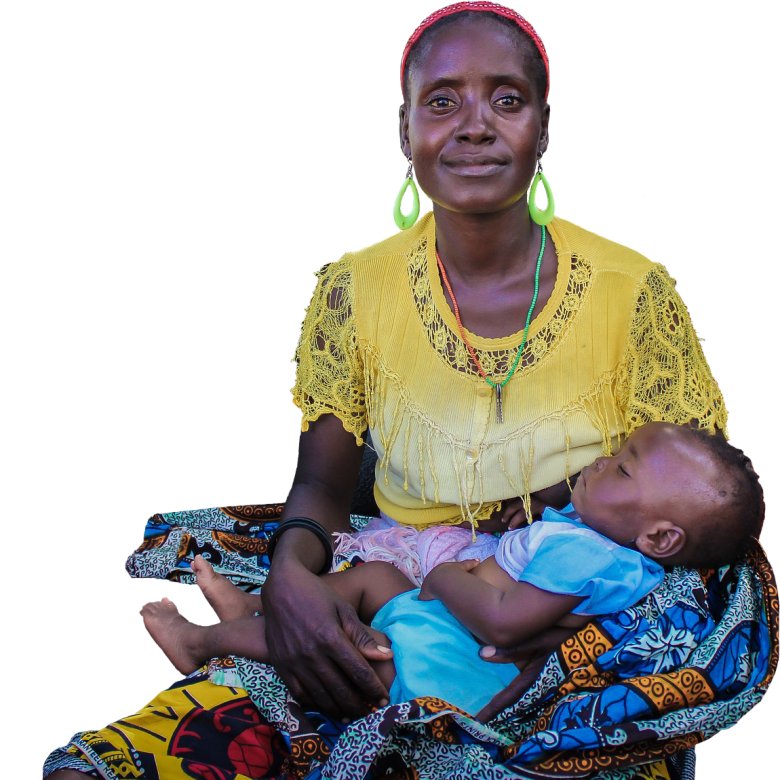WHO declares China malaria-free
Today, following a 70-year effort, China has been awarded a malaria-free certification from WHO – a notable feat given that 30 million cases of the disease were reported annually in the 1940s.
“With this announcement, China joins the growing number of countries that are showing the world that a malaria-free future is a viable goal. Their success was hard-earned and came only after decades of targeted and sustained action,” said Dr Tedros Adhanom Ghebreyesus, WHO Director-General.
Elimination through careful planning
WHO certified that China has successfully eliminated malaria on the basis of advice provided by WHO's Malaria Elimination Certification Panel (MECP), chaired by Professor Brian Greenwood who led the panel's mission to China in May this year.
Professor Greenwood, a former RSTMH President and Editor-in-Chief of our journal, Transactions, said:
“Until the 1950s, malaria was a major scourge in China but since that time the infection has been progressively brought under control through a series of carefully planned programmes, and in 2010 China initiated a national elimination plan. By 2020, this had achieved its goal with no local transmission of malaria during the past three years, WHO's main criterion of malaria elimination.
“The way in which this success has been achieved through careful planning, involving multiple sectors of the community and support of the whole population, provides many important messages for other countries for whom elimination of malaria is now a feasible goal.”
Globally, 40 countries and territories have been granted a malaria-free certification from WHO – including, most recently El Salvador in 2021, and Algeria and Argentina, both in 2019.
China’s elimination journey
In 1967, the Chinese government’s “523 Project” to find new treatments for malaria led to the discovery in the 1970s of artemisinin. The core compound of artemisinin-based combination therapies (ACTs) are the most effective antimalarial drugs available today.
And in the 1980s, China was one of the first countries to extensively test the use of insecticide-treated nets to prevent malaria.
By the end of 1990, the number of malaria cases in China had plummeted to 117,000, and deaths were reduced by 95%. These numbers fell even further through the 2000s and 2010s due to increased training, staffing, laboratory equipment, medicines and mosquito control.
Keys to success
Effective multi-sector collaboration was an important key to the success of China’s fight against malaria.
In 2010, 13 ministries in China – including those representing health, education, finance, research and science, development, public security, the army, police, commerce, industry, information technology, media and tourism – joined forces to end malaria nationwide.
